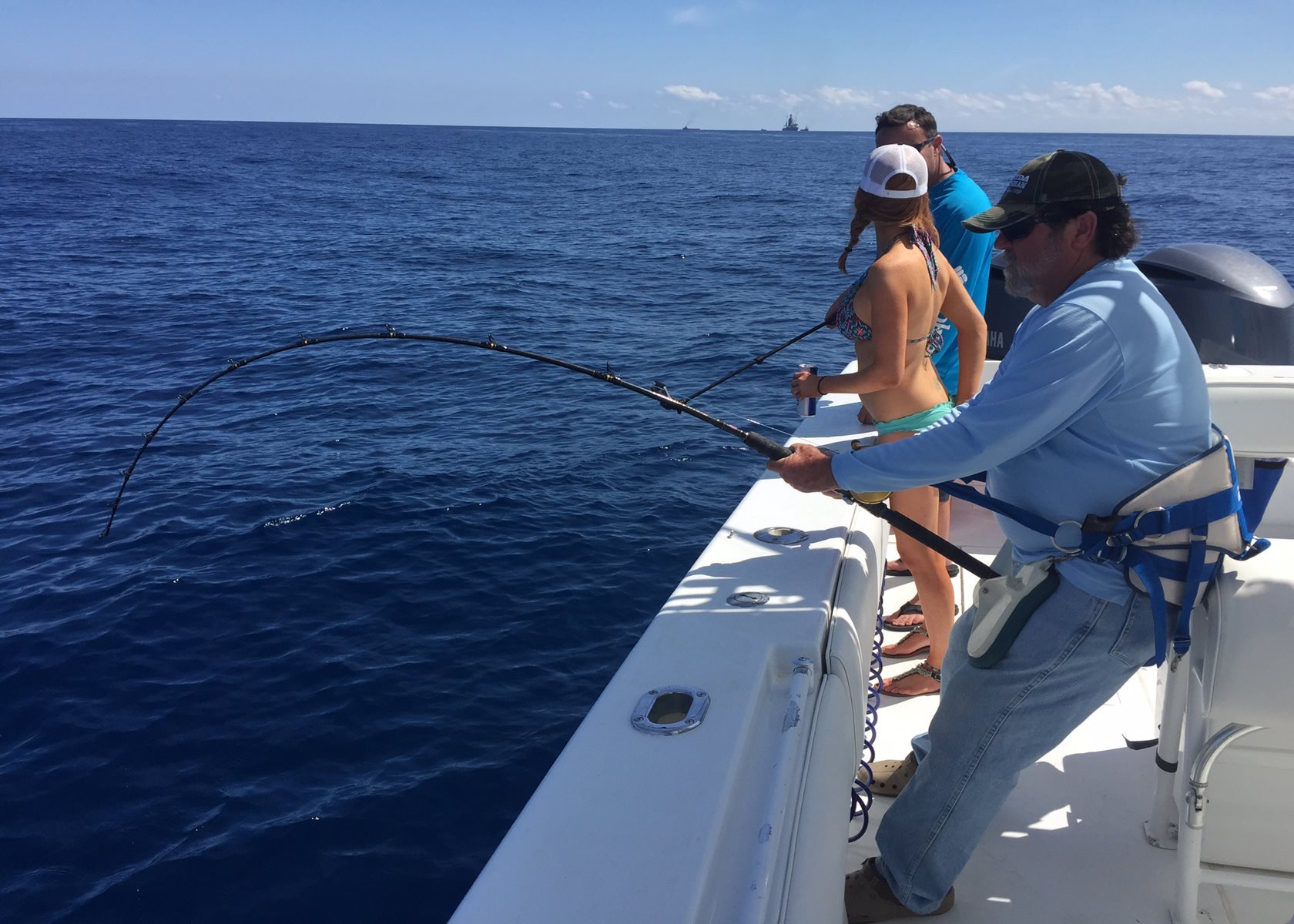

Utilizing an elastic bridle when Giant Tuna fishing to rig live baits will help to reduce injury to the bait. This helps keep our baits positioned perfectly on the surface, instead of dangling in mid air-due to the friction created by non-roller kite clips. The rollers allow the main line coming from our 80 and 130 class reels, to slip very easily over the clips with less resistance. Now, with a year of experience under our belts, we discovered that using kite clips with rollers makes life easier.

When we first began fishing kites we employed simple, ordinary kite clips.

A reel packed with 2oo pound dacron can still be fished with a kite, however the bulky dacron (in comparison to the thin diameter of braid) will make it more challenging to fish with a kite during light and variable wind conditions. Loading your 50, 80 or 130 class reel with braided line can also help make kite fishing more potent and efficient. The additional strength supplied by braid will even help ward against breaking off a kite in windy conditions. In essence this means that the kite attached to braid will need to lift less weight than the kite attached to dacron. Braided line does not allow any stretch, while also providing more line strength with less line diameter. Using a kite reel and rod packed with 100 pound braided line has a few distinct advantages over a reel loaded with dacron. However making a few minor adjustments in equipment makes a big difference in how your kite will perform in windy, as well as calm conditions. Obviously kites need wind to operate and the more breeze there is, the easier it will probably be to get your kite flying high. We have had success using Boston Big Game kites as well as Power Chute and Mega Mouth fishing kites. Some of which fly with relative ease and others prove more and more difficult to get a handle on. There are numerous variations of kites available on the market for Giant Tuna anglers.


 0 kommentar(er)
0 kommentar(er)
